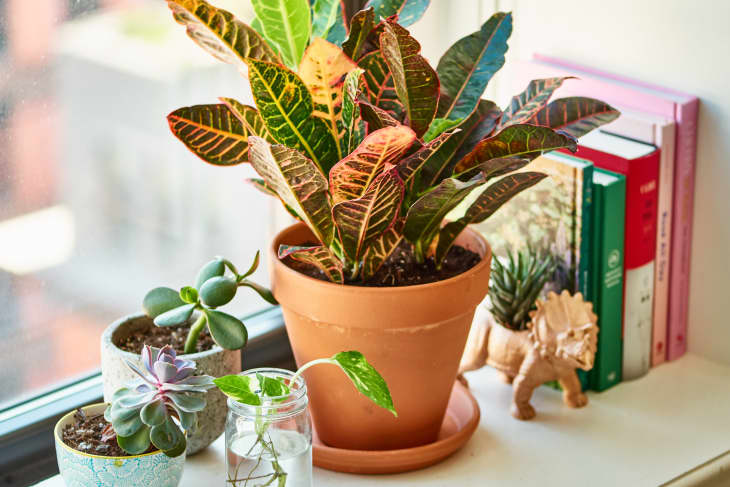One Step You Didn’t Know You Were Skipping When It Comes to New Plants

Terracotta pots are still the gold standard for people who care about their plants. Those orange-brown clay (not plastic) planters are not only inexpensive and easily customizable, but terracotta is great for both houseplants and outdoor container gardening in warmer climates. The material’s coarse, porous nature allows for air and water to easily pass through—which prevents trapped water and reduces the risk for plant diseases.
But there’s one critical step you have to take to make sure you’re getting the most out of these classic pots. After cleaning and washing the pot to prep it for a plant, the number one rule when it comes to using terracotta pots is to soak them.
Why You Should Soak Terracotta Pots Before You Use Them
“Terracotta pots have become a standard in planting because they’re simple and easy to use,” says Maryah Greene, the New York-based creator of plant styling and consulting business Greene Piece. “There’s really not a lot of maintenance that goes into them but it’s important to make sure that you soak them before putting any plants inside. If not, you run the risk of the pot absorbing lots of water and creating a really dry environment for the soil.”
How to Pre-Soak a Terracotta Pot
It’s really as simple as leaving your terracotta pot in water for a while. Ideally, you should soak your terracotta pot overnight in a sink or bucket (or bathtub if you have more than a few pots to prepare). If you’re in a rush, you can soak them for a few hours but it’s really best to give them the time they need and soak your pots overnight.
If you take shortcuts in soaking the pot thoroughly, you won’t be providing deep hydration to the clay. That deep, thorough soak not only protects the soil from drying out, it also prevents the pot itself from cracking due to cold weather or excessive dryness.
There’s also just one more thing to keep in mind after you get your pots prepped, according to Greene: “You want to make sure there’s a hole at the bottom of the terracotta pot so that your plants can get proper drainage,” she recommends. “Otherwise your plant will be sitting in water which could lead to things like root rot.”
So, make sure you’re adequately soaking your terracotta pots and keeping your plants well-drained for the best results.